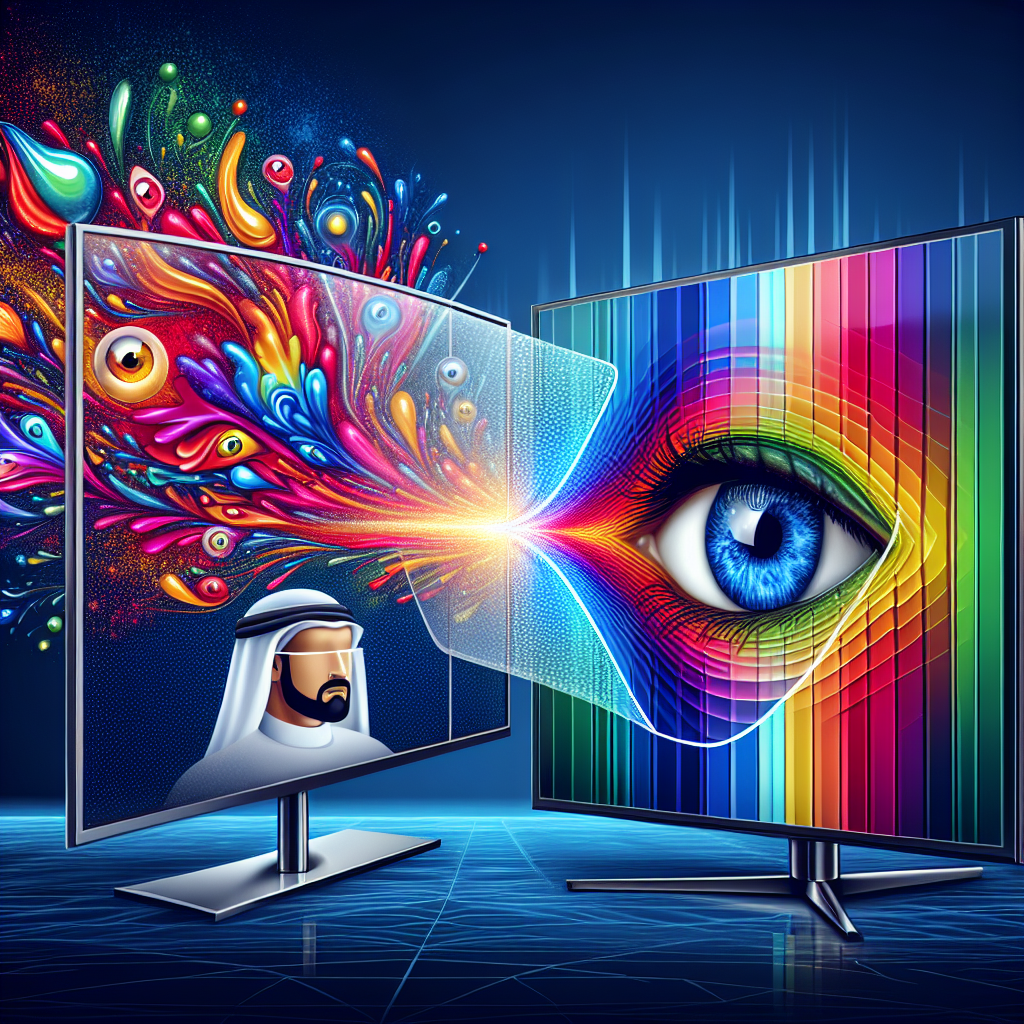Introduction
With the advancement of display technologies, from CRTs to LCDs, and now plasma displays, the impact of these screens on eye health has been a growing concern. Among them, plasma monitors have gained popularity due to their superior color accuracy, better contrast ratios, and smoother motion displays. However, are plasma monitors safe for your eyes? This article delves deep into the science behind plasma displays, their potential risks, and tips to mitigate any adverse effects.
Characteristics of Plasma Monitors
To understand the impact of plasma monitors on your eyes, it’s crucial to understand their core characteristics compared to other types of displays. Below is a comparative table:
| Feature | Plasma | LCD | LED | CRT |
|---|---|---|---|---|
| Color Accuracy | High | Medium | High | Low |
| Contrast Ratio | High | Medium | High | Low |
| Motion Display | Smooth | Good | Excellent | Blurred |
| Blue Light Emission | Medium | High | High | Low |
| Reflection and Glare | High | Low | Low | Medium |
How Plasma Monitors Work
Plasma monitors use small cells containing electrically charged ionized gases, or plasmas, to produce images. When electricity is applied, ultraviolet light is emitted, exciting phosphors in each cell. This process leads to the emission of visible light. The primary benefits include:
- High Color Accuracy: Plasma displays are known for their excellent color reproduction, making them ideal for graphic-heavy tasks.
- Superb Contrast Ratios: Deep blacks and vibrant whites offer better visual experiences, especially in high-definition content.
- Smooth Motion: Minimal motion blur makes them excellent for fast-moving visuals such as sports and action films.
Potential Risks to Eye Health
Despite their advantages, plasma monitors have certain potential drawbacks that could affect eye health:
- Blue Light Emission: Plasma screens emit blue light, which can cause digital eye strain and potentially disrupt sleep patterns when used excessively.
- Screen Flicker: Although minimal, the refresh rate and pulse-width modulation (PWM) used in plasma screens can sometimes cause screen flicker, leading to eye fatigue.
- High Reflection and Glare: The glass surface of plasma monitors can be highly reflective compared to their LCD and LED counterparts, resulting in eye strain under poor lighting conditions.
Blue Light and Eye Health
Blue light exposure from electronic screens is one of the major concerns for digital eye strain. Plasma screens emit a moderate amount of blue light, enough to cause discomfort with prolonged use. Symptoms of blue light exposure include:
- Headaches
- Dry Eyes
- Blurred Vision
- Sleep Disruptions
Screen Flicker and Eye Fatigue
Screen flicker, a rapid change in brightness levels, often unnoticed by the naked eye, can cause significant discomfort over time. Plasma monitors, although better than CRTs in this aspect, do still exhibit some level of flicker due to the technology used in refreshing the display. This can result in:
- Eye Strain
- Headaches
- Visual Fatigue
Reflection and Glare
The reflective surface of plasma screens can amplify issues related to glare, especially in brightly lit environments. This can lead to:
- Squinting
- Eye Strain
- Distraction
Mitigating Eye Strain from Plasma Monitors
While there are these potential risks, adopting certain habits and changes can significantly mitigate the adverse effects:
- Adjust Brightness and Contrast: Ensure that the brightness and contrast levels are comfortable and matched to your ambient lighting conditions.
- Use Anti-Reflective Coatings: Consider applying anti-reflective screen protectors to reduce glare.
- Follow the 20-20-20 Rule: Every 20 minutes, take a 20-second break and look at something 20 feet away to reduce eye strain.
- Wear Protective Eyewear: Blue light filtering glasses can reduce the impact of blue light exposure.
- Optimize Lighting: Arrange your workspace to minimize reflections and use appropriate ambient lighting.
- Position Your Screen: The screen should be about an arm’s length away and at eye level.
Studies and Scientific Perspectives
Several studies have weighed in on the impact of various types of displays on eye health. While research specifically targeting plasma monitors is limited, general studies on digital eye strain provide relevant insights:
- A 2018 study published in the Journal of Ophthalmology found that blue light exposure from screens can lead to digital eye strain, especially with prolonged use.
- Research conducted by the American Optometric Association emphasizes the importance of ergonomics and screen settings to minimize eye discomfort.
- The Vision Council reports that 59% of American adults experience eye strain from digital devices, highlighting the importance of responsible screen use.
Conclusion
Plasma monitors, with their superior color accuracy and contrast ratios, offer an excellent visual experience. However, like all digital screens, they pose certain risks to eye health, primarily through blue light emission, screen flicker, and reflection. By adopting proper ergonomic practices, adjusting screen settings, and taking regular breaks, you can enjoy the benefits of plasma displays without compromising your eye health.

